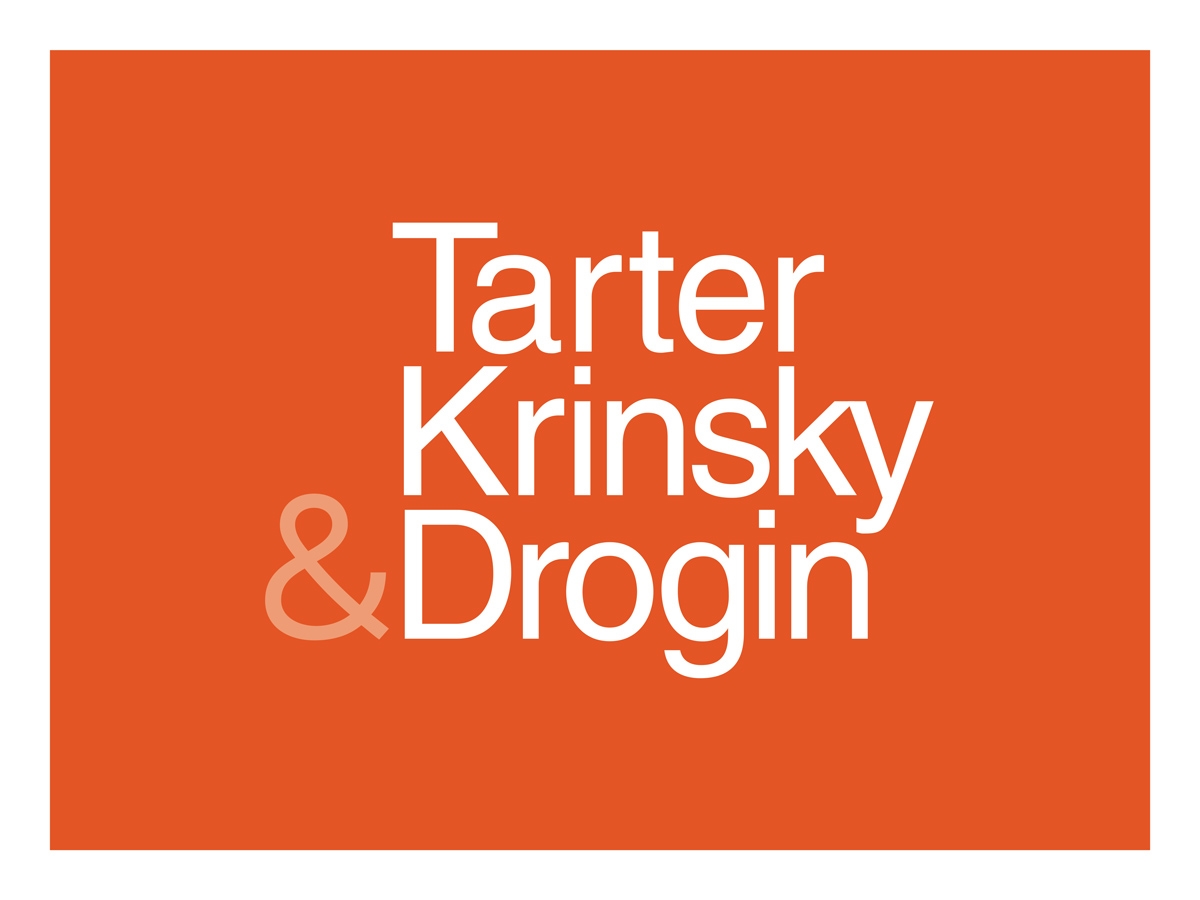The CRISPR Battle Through the Lens of International Patent Harmonization
“In the end, the Federal Circuit faces a momentous decision: Affirm the PTAB’s status as an apparent international outlier—thereby denying the Nobel Prize winners—or reverse the PTAB, which can be equally challenging.”
On Tuesday, May 7, the U.S. Court of Appeals for the Federal Circuit will hear argument in a long-awaited appeal addressing the inventorship of the Nobel Prize-winning CRISPR technology. The case is the latest in a continuing legal battle between two groups of innovators, each asserting patent rights to key aspects of the groundbreaking technology.
The facts on appeal are numerous, and the issues nuanced, covering questions of conception, reduction to practice, and written description (as well as cross-appeal issues). This article’s purpose is not to reiterate each side’s various legal positions, but to explore a narrower issue intertwined with the global CRISPR patent disputes: considerations of patent harmonization and the thus-far inconsistent patent outcomes.
The CRISPR Wars
“CRISPR” is an acronym for “Clustered Regularly Interspaced Short Palindromic Repeats.” As many readers know, CRISPR technology enables precision gene editing. The technology’s potential benefits are enormous, some of which are already being realized with the FDA’s approval of CRISPR-based therapies late last year.
Competing patents and applications have been awarded and filed in the United States and across the globe. On one side are Jennifer Doudna and Emmanuelle Charpentier (the two Nobel Prize winners), along with their research institutions, collectively known as the CVC appellants. On the other side are Feng Zhang and his colleagues at the Broad institute, MIT, and Harvard, collectively known as the Broad cross-appellants.
A basic aspect of the pending dispute is who first invented (to a satisfactory degree, under patent law) a CRISPR system that could work in eukaryotic cells. Recall from high school biology that prokaryotic cells do not have a nucleus, but eukaryotic cells do. The former are generally earlier on the evolutionary scale and thus less complex, but the two types of cells nonetheless have many common systems and features.
CVC filed its patent application describing the CRISPR-Cas9 complex and claiming its use in eukaryotic cells earlier than Broad, but Broad filed a patent application with experimental results in eukaryotes earlier than CVC. CVC also asserted an earlier invention date (through conception and reduction to practice). The case to be argued this week at the Federal Circuit concerns the Patent Trial and Appeal Board’s (PTAB’s) interference decision, which awarded priority of the invention’s use in eukaryotic cells to Broad. (Note that this is not the first CRISPR dispute to reach the Federal Circuit).
CVC’s CRISPR patents are being challenged in multiple patent tribunals, in the United States, Europe, Japan, and China. Intriguingly, the PTAB is the only patent office thus far to rule against CVC’s patents for the eukaryotic CRISPR system. As described below, the challenges in the other three fora have generally been in CVC’s favor.
The disparate outcomes may offer the Federal Circuit a reason to account for harmonization considerations when it hears oral argument. While harmonization is not front-and-center of the appeal—and was not expressly briefed by the parties—the Court may still want to ask why the PTAB was the apparent outlier as the only adjudicator thus far to rule against the Nobel Prize winners.
Harmonization Across Nations Can Improve Biotechnology Innovation
Harmonization of patent laws advances goals of incentivizing and enabling innovation, especially in the areas of potentially lifesaving, life-altering technologies. For instance, in August 2011, then-Director Kappos outlined the importance of patent law harmonization:
“Harmonization—the alignment of laws and procedures among intellectual property (IP) systems to ensure consistency and clarity of rights for the world’s innovators—is a prerequisite to maximizing the development and dissemination of innovation and thereby improving quality of life for all the world’s people.”
David J. Kappos, The Time Is Now, Landslide 16-17 (July/Aug. 2011).
The America Invents Act (AIA) was another effort to harmonize U.S. patent law with the law of other nations. As the USPTO stated: “The [AIA] paves the way for greater patent harmonization-the alignment of laws and procedures among intellectual property systems to ensure consistency and clarity of rights for the world’s innovators.” U.S. Patent and Trademark Office, Harmonization: The Time is Now (last modified Oct. 31, 2019).
Before the AIA, the “IP5” was advancing harmonization efforts. Founded in 2007, the IP5 includes the European Patent Office (EPO), U.S. Patent and Trademark Office (USPTO), the Japan Patent Office (JPO), the Korean Intellectual Property Office (KIPO), and the National Intellectual Property Administration of the People’s Republic of China (CNIPA), the five largest patent offices in the world.
Even earlier, the biotechnology industry was identified as an area where global harmonization efforts are important considerations. See, e.g., National Research Council, Global Dimensions of Intellectual Property Rights in Science and Technology 319 (1993).
The Non-Harmonized CRISPR Results
With a broad consensus for harmonizing patent law to better enable innovation, an intriguing aspect of the ongoing CRISPR litigation is how the PTAB reached a different decision compared to the other patent offices. While there should be no expectation of identicality among the disputes, one must wonder how the PTAB reached a decision at odds with the decisions in the EPO, Japan, and China.
Take the EPO oppositions. There, the Opposition Division made several conclusions recognizing that perfect predictability is not required when describing and claiming pioneering and groundbreaking technology. In one decision, the Opposition Division expressly concluded that CVC’s patent “enables Cas9-mediated and sgRNA-directed cleavage of DNA in cells including eukaryotic cells.” In doing so, the Opposition Division noted that “[e]nablement is met when it is plausible that cleavage can be achieved at all i.e. irrespective of its efficiency” and that “[e]fficiency of the system however is not to be confounded with the plausibility of it being realisable.” See, e.g., ’811 Opp. at 25, ¶ 36.1.2.20.
In another decision, the Opposition Division was also persuaded by “[t]he fact that shortly after the date of filing of [CVC’s patent application],” “different scientific groups were able to implement the CRISPR/Cas system in eukaryotic cells.” That fact was, according to the Opposition Division, “further proof that there was no undue burden involved.”
In contrast, the PTAB appears to have considered the same or similar evidence but concluded that the CVC group had not done enough to establish priority to its earliest-filed patent application. As one example, the PTAB found CVC’s patent application “did not disclose specific instructions or conditions necessary for CRISPR-Cas9 activity in a eukaryotic cell, or indicate that no specific instructions or conditions were necessary.”
Beyond the EPO decision, CVC has prevailed in disputes in China and Japan. As reported in April of this year, “China’s patent and trademark office has upheld a key patent within the portfolio of CRISPR/Cas9 intellectual property belonging to [CVC].” China’s decision follows the December 2023 decision by the Japan Patent Office, which upheld a CVC-filed patent also with eukaryotic CRISPR claims.
How Will the Federal Circuit Address Harmonization Concerns?
There are, of course, many more relevant facts than the few highlighted here. Furthermore, the decisions in Europe, China, and Japan are subject to appeal and thus not final. Those decisions nonetheless underscore that the PTAB, thus far, is the outlier in how it views the CRISPR inventorship dispute—which sets the stage for some intriguing questions on appeal.
First, why is the PTAB standing alone? It’s possible that differences in evidence are to explain, although that seems unlikely to be a dispositive basis. Both sides have some of the best patent attorneys and litigators involved in the various disputes, and the key evidence appears very similar.
Perhaps the differential outcomes flow from the increasingly stringent written-description and enablement requirements under 35 U.S.C. § 112. It is no secret that recent decisions of the Supreme Court (Amgen v. Sanofi) and the Federal Circuit (e.g., Juno v. Kite) have intensified § 112 standards. Perhaps the inconsistent CRISPR outcomes are manifestations of an increasing chasm between U.S. enablement and written-description law and the analogous requirements under European, Chinese, and Japanese patent law.
Another question is how much of a role, if any, should harmonization and global innovation-incentivizing concerns play in the Federal Circuit’s decision-making. At the end, the patent system’s goal is to enable and incentivize innovation, and the court’s decisions should always apply that gloss to its decision-making. To be sure, global harmonization cannot be the controlling factor, but a discerning eye must examine the PTAB’s decision in light of the other major patent offices’ different conclusions.
In the end, the Federal Circuit faces a momentous decision: Affirm the PTAB’s status as an apparent international outlier—thereby denying the Nobel Prize winners—or reverse the PTAB, which can be equally challenging. The authors here take no stance on the “correct” outcome. We write mainly to highlight how this appeal has even broader implications beyond the significance of the groundbreaking technology.
Image Source: Deposit Photos
Author: vchalup2
Image ID: 147081781






